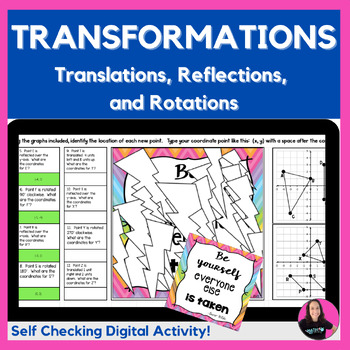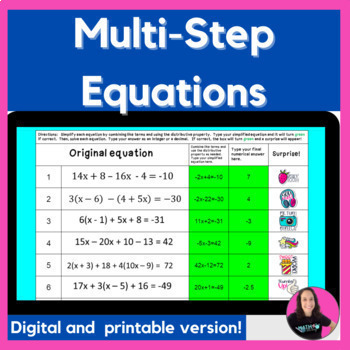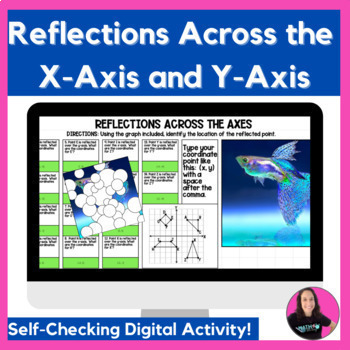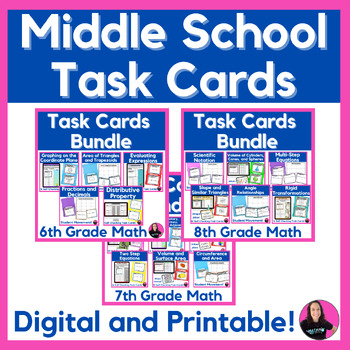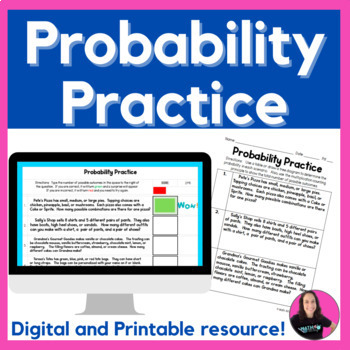
When students first encounter the words scale factor or scale drawing, many are instantly overwhelmed. But these concepts are more than just standards to check off—they're real-world math skills with visual power and hands-on potential. From blueprints to maps to enlarging photos on a screen, understanding scale helps students see how math connects to the world around them. This blog post breaks down the difference between scale copies, scale factors, and scale drawings and shares clear, classroom-tested ways to teach and reinforce these ideas. What Is a Scale Copy? A scale copy is a figure that has been resized (larger or smaller) but still keeps the same shape and proportions as the original figure. Think of it as an exact replica, just zoomed in or zoomed out. Grab Your Scale Copies and Dilations Activities Key idea to teach students: All angles stay the same, and the side lengths change in proportion. Tip: Show two rectangles side by side, one original and one enlarged. Ask: ......

If you've ever felt like the only one in your building who truly understands the chaos of teaching middle school math all day, you’re not alone. Teaching middle school math can feel like running a marathon while juggling equations, managing behavior, and dodging the occasional flying dry-erase marker. Whether you’re explaining the difference between area and perimeter for the hundredth time or trying to get students excited about integers before lunch, the job is a lot. But here’s the good news: You don’t have to do it alone. A Community Built for Math Teachers Whether you’re teaching sixth-grade decimals, seventh-grade ratios, or eighth-grade functions, this group is a place where you’re not just heard—you’re understood. What You'll Find Inside the Group Inside the Math All Day community, you’ll find real teachers sharing real experiences—not just Pinterest-perfect lessons. It’s a judgment-free space full of encouragement, not ads. This group is active, welcoming, and packed ......

Let’s set the scene. You’re wrapping up a jam-packed year of solving linear equations, factoring quadratics, and diving into functions, only to realize half your class has mentally checked out the second standardized testing was over. Or maybe you’re walking into a brand new school year and students are giving you blank stares at the word “distributive property.” Whether you’re in back-to-school mode or planning your end-of-year activities, Algebra 1 review is essential, and no, not just so you can say you “covered it all.” A solid review sets students up for success long after Algebra 1 is over. Why Algebra 1 Review Is So Important It’s tempting to rush into new material or hit pause until summer break, but Algebra 1 is one of those subjects that builds and builds. Skip the review, and you risk students carrying confusion into Algebra 2 or Geometry. Review isn’t busy work. It’s brain fuel. Here’s why review sessions matter: Retention Takes Repetition: Students need repeated exposure ......

When you ask a middle schooler what the area of a rectangle is, they’re quick with an answer— length × width , of course. But when you throw in a shape that looks like a Tetris piece or a hallway map? Cue the confused stares. That’s where composite figures come in. What Are Composite Figures? Composite figures are shapes that are made up of two or more basic shapes—think rectangles, triangles, circles, or trapezoids—combined to form a more complex shape. For example, a house-shaped figure might be a rectangle with a triangle on top. These figures pop up everywhere in real life: architecture, design, floor plans—you name it. That’s why understanding how to break them apart and find their area is such a valuable skill. What Is the Area of the Composite Figure? To find the area of a composite figure , students must break the shape into familiar parts, calculate the area of each part using known formulas, and then add (or sometimes subtract) those areas together. So,......
Subscribe to:
Comments (Atom)


